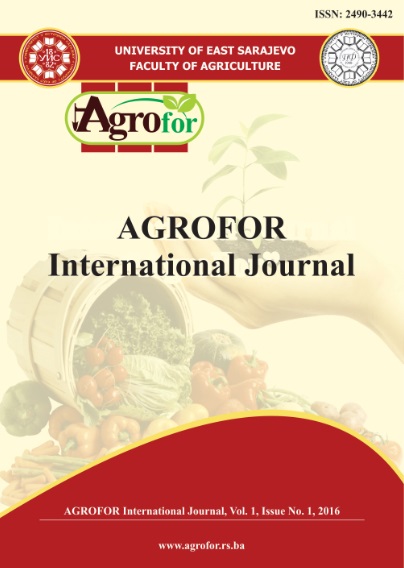EU COMMON AGRICULTURAL POLICY AND AGRICULTURAL POLICY OF THE REPUBLIC OF SRPSKA (BOSNIA AND HERZEGOVINA)
DOI:
https://doi.org/10.7251/AGRENG1601121MAbstract
One of the most challenging issues for the countries that are in the process of
accession to the European Union is the reform of agriculture, precisely agricultural
policy and its compliance with the Common Agricultural Policy of the European
Union (CAP). The strategic orientation of the Republic of Srpska and Bosnia and
Herzegovina is a full EU member status, which is defined with signatory to the
Stabilization and Accession Agreement in 2008 and confirmed with Application
for membership in the European Union, submitted in February 2016. Considering
the upcoming accession negotiation process, the reformation of agricultural sector
is necessary in all areas of development: production, policy and legal framework
and institutional development. Until 2015 Republic Srpska made and adopted two
key strategic documents that determine the directions, objectives and measures for
developing of agriculture and rural areas. Recently the Republic of Srpska adopted
a new strategic plan for the development of agriculture and rural areas for the
period 2016- 2020. Considering that agriculture budget represents a first indicator
of the countries sector priorities, objective of this paper is to provide analysis of
agricultural policy through the agricultural budget of the Republic of Srpska and its
compliance with Common Agricultural Policy of the EU. Comparative analysis is
related to the period 2006 – 2014 using EU methodology for the classification of
agricultural measures (pillars and axis). Research results show that the structure of
measures and scope of budgetary support, defined within agricultural policy of the
Republic of Srpska is not compatible with Common Agricultural Policy of the EU.

